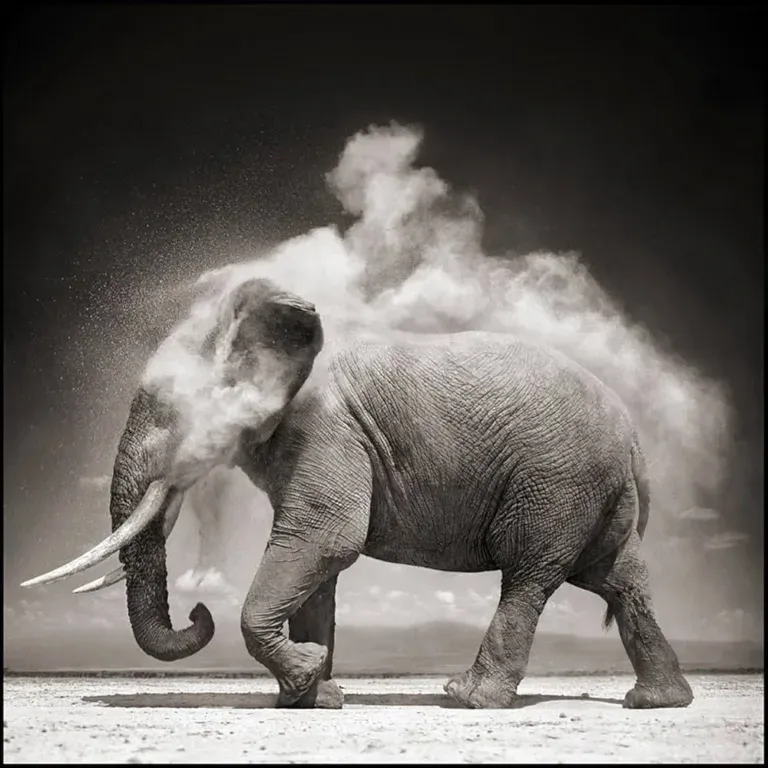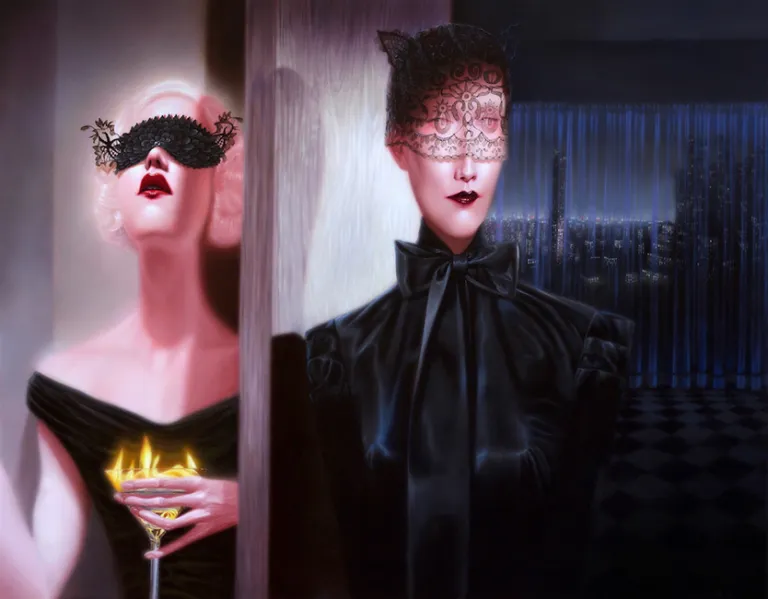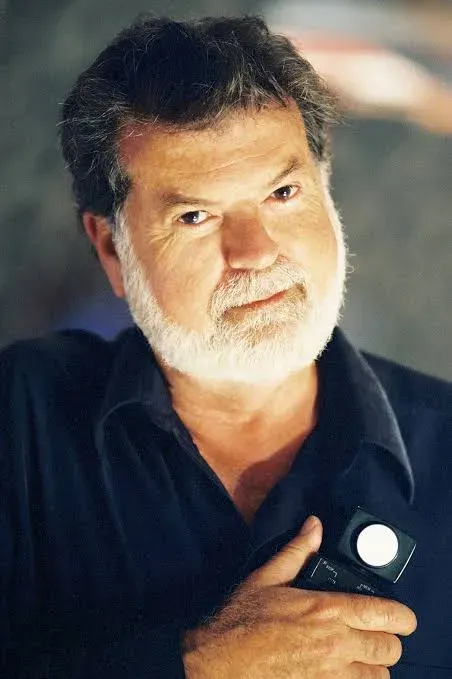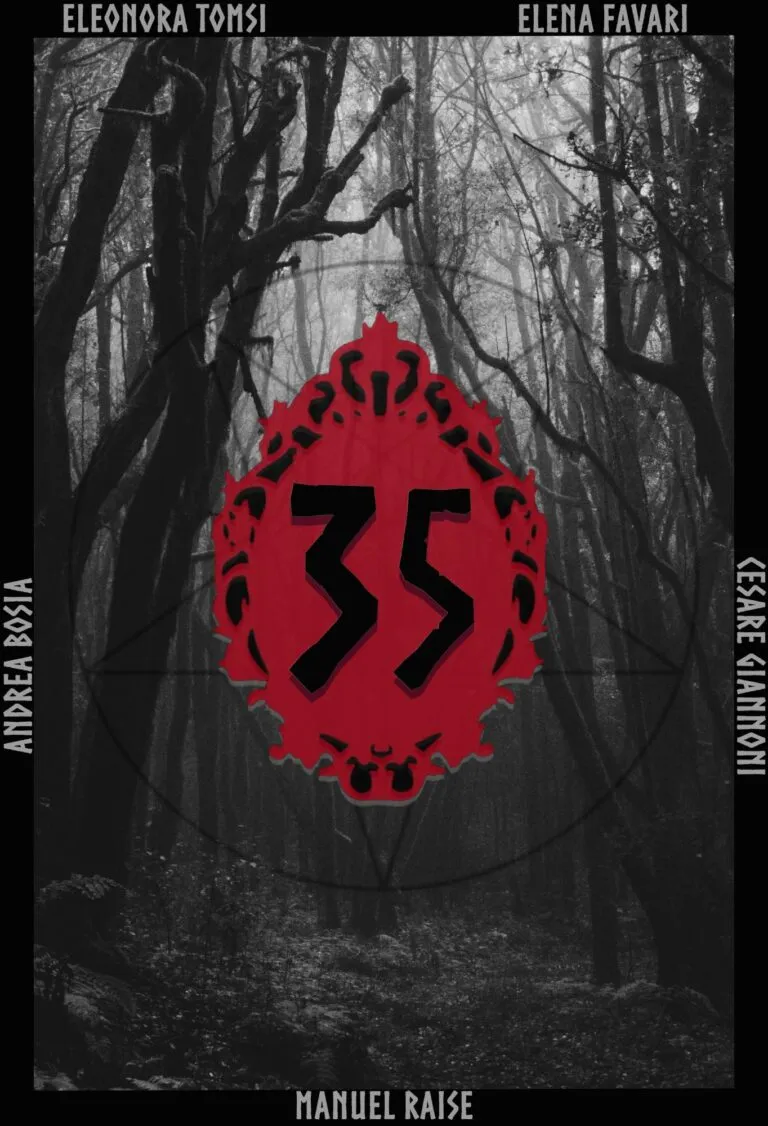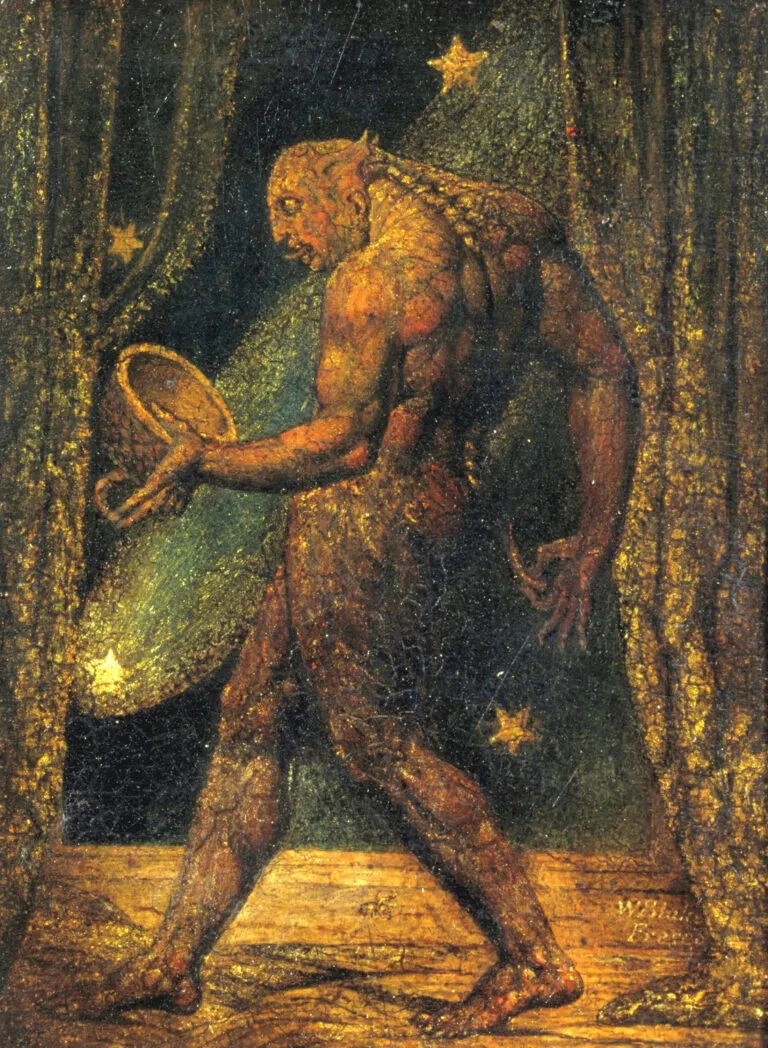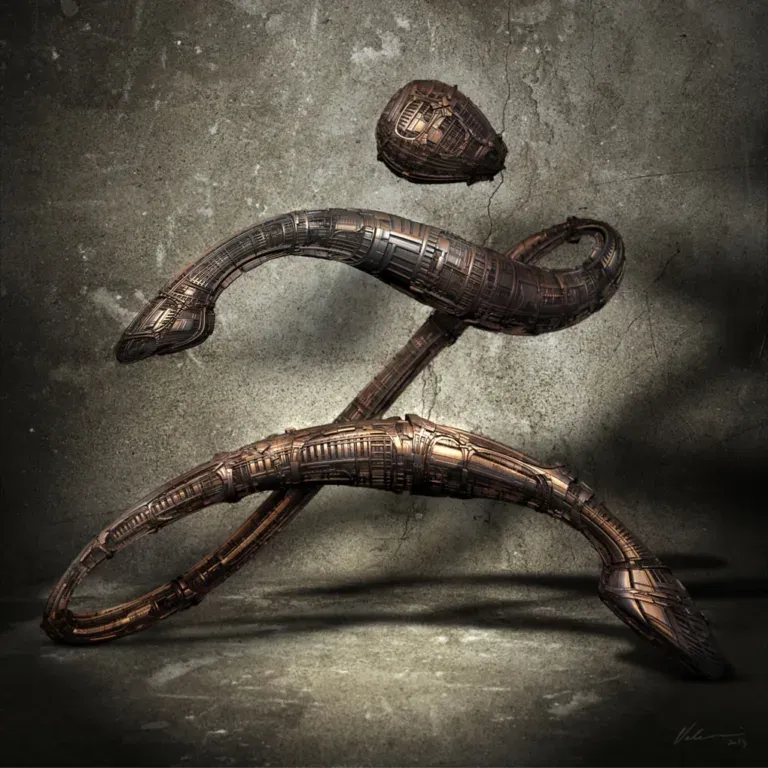Francis Bacon: The Master of Anguish and Deformation
Introduction
Francis Bacon: The Master of Anguish and Deformation (1909-1992) is one of the most important painters of the 20th century, known for his powerful and disturbing depictions of the human condition. Through his unique style, characterized by deformed and emotionally charged images, Bacon explored themes such as mortality, suffering, and alienation. His ability to convey existential anguish and the brutality of modern life has made his work emblematic in the contemporary art scene, solidifying his reputation as one of the great masters of horror art.
The Life of Francis Bacon
Francis Bacon was born on October 28, 1909, in Dublin, Ireland, to a family of English descent. His childhood was marked by a difficult relationship with his parents and health issues. Due to chronic asthma, Bacon spent a lot of time indoors, developing an early interest in art. In 1927, after a period spent in Berlin and Paris, he settled in London, where he began working as an interior decorator and furniture designer.
The true start of his artistic career came in the late 1930s when Bacon devoted himself to painting. Despite a difficult start, with frequent negative criticism and little visibility, he continued to develop his distinctive style. It was only in the 1940s that he began to receive significant recognition, with works like “Three Studies for Figures at the Base of a Crucifixion” (1944) marking a turning point in his career.
 Themes and Style
Themes and Style
Bacon’s work is deeply rooted in the exploration of human suffering and the existential condition. His works are often characterized by distorted and mutilated figures, captured in moments of intense emotion and anguish. The influence of cinema, photography, and great paintings of the past is evident in his work, but Bacon always maintained a deeply personal and innovative approach.
One of his recurring themes is the human figure, often represented in a state of deformation or contortion. Bacon was fascinated by the human body and its vulnerabilities, using techniques of distortion and overlay to create images that convey a sense of tension and instability. His series of paintings inspired by Diego Velázquez, such as “Study after Velázquez’s Portrait of Pope Innocent X” (1953), is a perfect example of how Bacon reinterpreted past works with a modern and unsettling vision.
Technique and Influences
Bacon was known for his innovative use of color and texture, often applying paint in a free and spontaneous manner to create effects of movement and depth. His technique combined elements of traditional painting with more modern and experimental approaches, using photographs, newspaper clippings, and other materials as starting points for his compositions.
The influence of past artists like Velázquez, Rembrandt, and Picasso is evident in his work, as well as the impact of contemporary culture and visual media. Bacon was also deeply influenced by literature and philosophy, with references to Nietzsche, Eliot, and Shakespeare permeating his work.
 Legacy and Influence
Legacy and Influence
Francis Bacon has had a lasting influence on contemporary art, inspiring numerous artists with his unique vision and innovative approach to painting. His ability to capture the essence of the human experience in such a raw and direct way has made him a central figure in 20th-century art.
His works are exhibited in major museums and private collections around the world and continue to be the subject of exhibitions and retrospectives that explore their importance and impact. The unease and emotional power of his paintings continue to resonate, making Bacon a reference point for artists and critics alike.
Conclusion
Francis Bacon: The Master of Anguish and Deformation remains a pivotal figure in modern art, a master capable of exploring the darkest depths of the human experience through his painting. His ability to combine technique, emotion, and vision so powerfully and innovatively has left an indelible mark on art history. Bacon transformed anguish and suffering into art, creating works that challenge and inspire, and that will continue to be studied and admired for their extraordinary expressive power.
Don’t miss out on reading the articles about other Horror Painters from our Top 10… they have explored the depths of human anguish and terror, creating works that continue to challenge and fascinate observers. Their ability to evoke intense emotions through art has made them key figures in the global art scene.

Subscribe to our YouTube channel
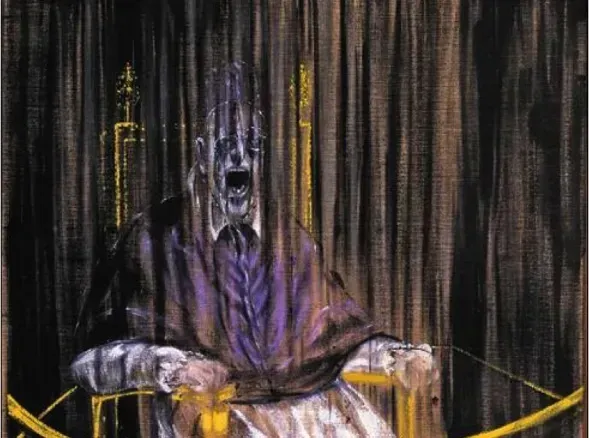
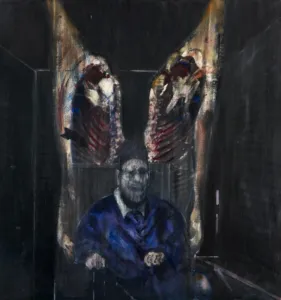 Themes and Style
Themes and Style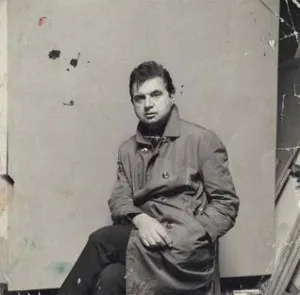 Legacy and Influence
Legacy and Influence